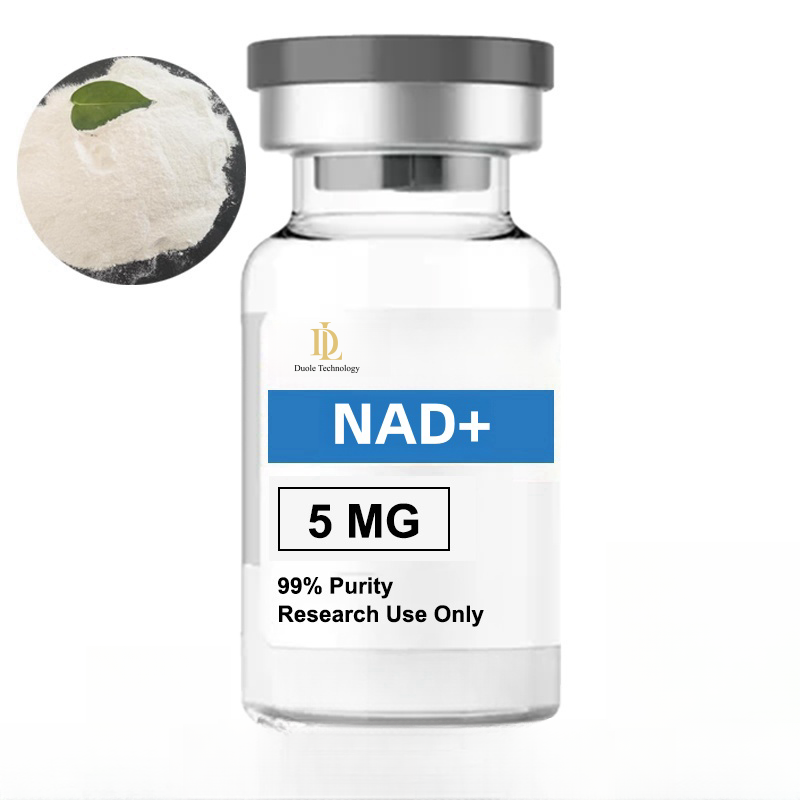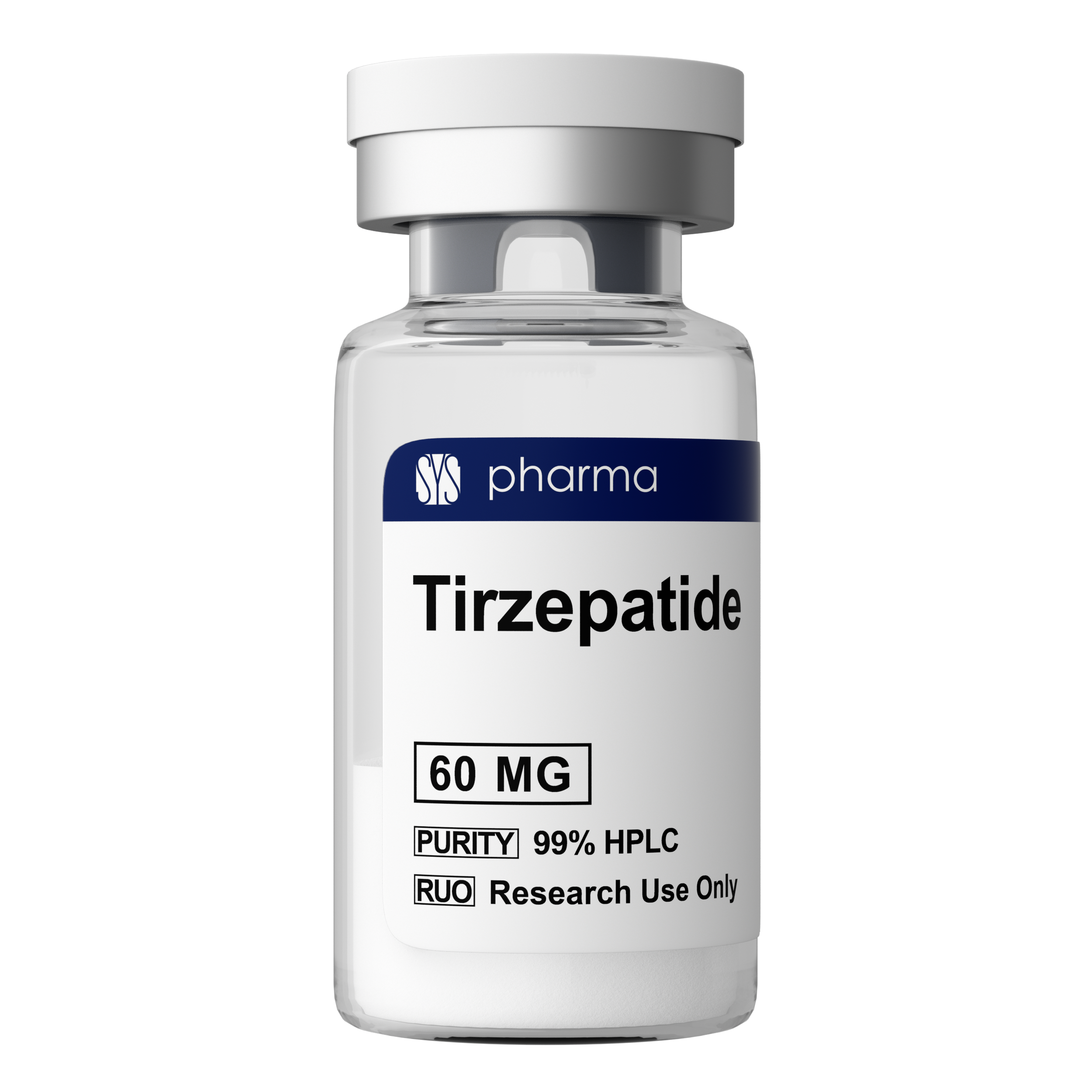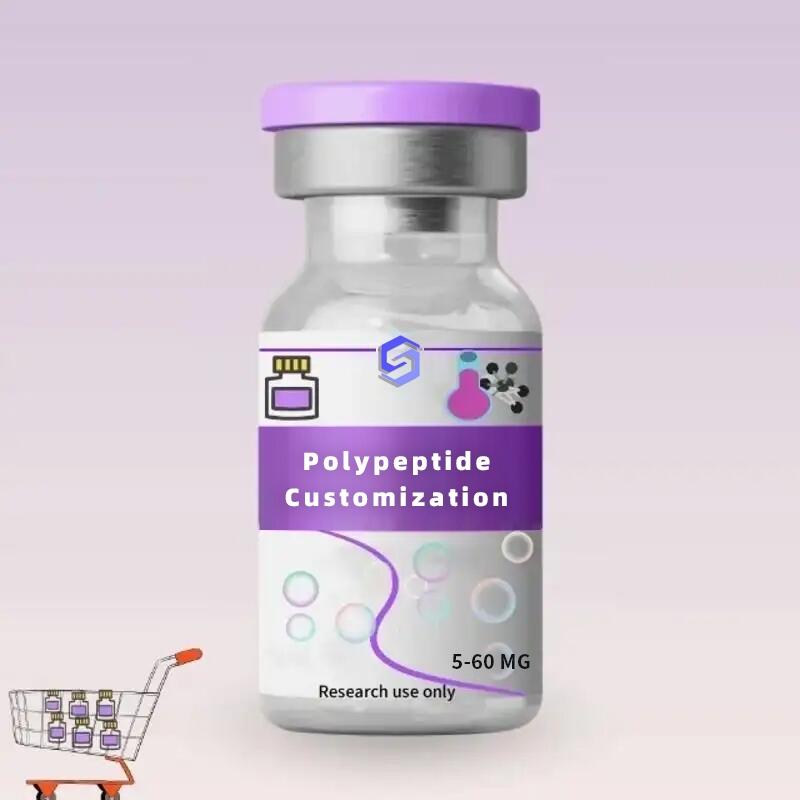-
Categories
-
Pharmaceutical Intermediates
-
Active Pharmaceutical Ingredients
-
Food Additives
- Industrial Coatings
- Agrochemicals
- Dyes and Pigments
- Surfactant
- Flavors and Fragrances
- Chemical Reagents
- Catalyst and Auxiliary
- Natural Products
- Inorganic Chemistry
-
Organic Chemistry
-
Biochemical Engineering
- Analytical Chemistry
-
Cosmetic Ingredient
- Water Treatment Chemical
-
Pharmaceutical Intermediates
Promotion
ECHEMI Mall
Wholesale
Weekly Price
Exhibition
News
-
Trade Service
The Applications of 3-Fluorophenylacetone in the Chemical Industry
3-Fluorophenylacetone, also known as 3-FPAA or simply 3-FPA, is an organic compound with the chemical formula C6H5FCOCH3.
This colorless liquid is commonly used in the chemical industry as a precursor to various chemicals and materials.
One of the most significant applications of 3-Fluorophenylacetone is in the production of fluorinated polymers.
These polymers are widely used in various industries, including the electronics industry, where they are used to make flame-retardant materials and coatings.
3-Fluorophenylacetone is converted into fluorinated monomers, which are then polymerized to form the desired materials.
Another important application of 3-Fluorophenylacetone is in the production of pharmaceuticals.
This compound can be converted into various intermediates and final products, including some drugs used to treat psychiatric disorders.
3-Fluorophenylacetone is also used in the production of certain flavors and fragrances, where its floral and fruity odors are highly valued.
In addition to its use in the production of chemicals and materials, 3-Fluorophenylacetone is also used as a reagent in organic synthesis.
It is a versatile building block that can be converted into a wide variety of compounds through various chemical reactions.
This makes it an important tool for researchers and developers in the pharmaceutical, agrochemical, and materials industries.
The most common method of producing 3-Fluorophenylacetone is through the reaction of fluorobenzene with acetone in the presence of a Lewis acid catalyst, such as aluminum chloride.
The resulting product can then be purified and used in various applications.
Advantages of 3-Fluorophenylacetone
One of the main advantages of 3-Fluorophenylacetone is its versatility.
This compound can be converted into a wide range of chemicals and materials, making it an important building block in the chemical industry.
In addition, 3-Fluorophenylacetone is relatively easy and inexpensive to produce, making it an attractive option for manufacturers.
3-Fluorophenylacetone also has good solubility in various solvents, including water and organic solvents, which makes it easier to handle and use in various applications.
Its high boiling point (223°C) also makes it a stable and robust material that can withstand a wide range of temperatures and conditions.
Challenges of 3-Fluorophenylacetone
One potential challenge of 3-Fluorophenylacetone is its toxicity.
This compound is classified as a Category 3 carcinogen, which means that it has caused cancer in animal studies.
As such, it is important to handle 3-Fluorophenylacetone with caution and comply with all relevant safety regulations.
Another potential challenge is the potential for environmental contamination.
The production and use of 3-Fluorophenylacetone can result in the release of fluorides into the environment, which can be harmful to aquatic life and humans.
As such, it is important to implement proper waste management practices and minimize the release of fluorides into the environment.
Conclusion
3-Fluorophenylacetone is a versatile and important compound in the chemical industry.
It is used in the production of fluorinated polymers, pharmaceuticals, and other chemicals and materials.
Its high boiling point, good solubility, and versatility make it a valuable building block in various applications.
However, it is important to handle 3-Fluorophenylacetone with caution and comply with all relevant safety regulations due to its potential toxicity and environmental impact.
{stop article







